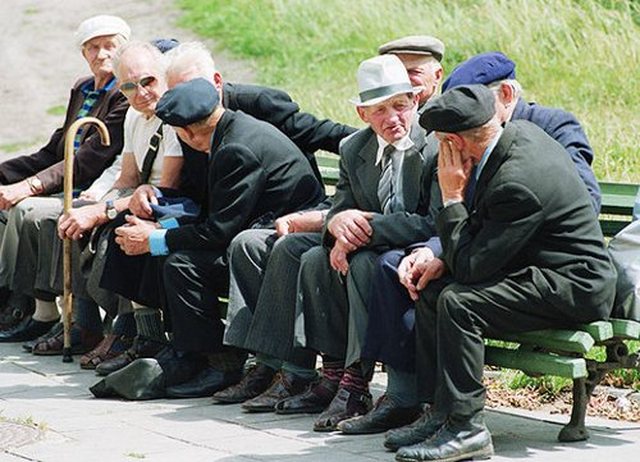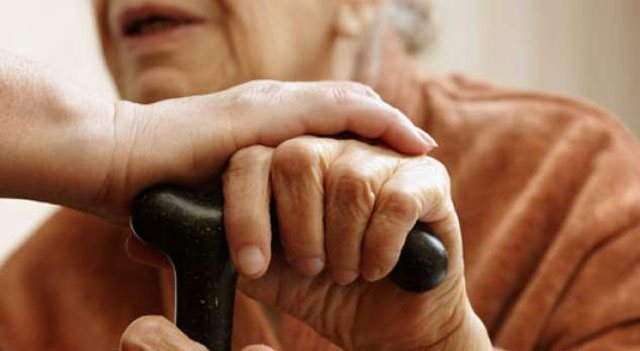
A woman is expected to live on average three years longer than a man born in Albania. According to data released by Eurostat, the life expectancy of an Albanian man in 2017 was 77.1 years versus a woman's life expectancy of 80.1 years.
On average, a person born in Albania is expected to live to 78 years and 6 months. Since 2013, Albania's online life expectancy has been increasing. In 2013, life expectancy at birth in Albania was estimated at 77.9 years on average, with men expecting 76 years to live, and 80.1 for women. This reflects that the gender gap in birth rates in Albania is also narrowing.
In Europe, Albania ranks 26 out of 44 countries, leaving behind the Western Balkan countries and the candidate countries to join the European Union, but is lagging behind developed European countries. Thus the average life expectancy at birth in Montenegro is estimated to be 76.6 years, just as in Northern Macedonia and Serbia.
However, life expectancy at birth in Albania appears to be lower than in the European Union. According to Eurostat, life expectancy at birth in the 28 EU countries is estimated to be 80.9 years, where life expectancy for men is 78.3, and for women 83.5. On average, men tend to live 5.4 years shorter than women in the EU.
In the EU regions, the Comunidad de Madrid and Inner London - West recorded the highest life expectancy of men at 82.0 years during the period 2015-2017, followed by the regions in Italy and the United Kingdom.

On the other hand, the lowest male life expectancy at birth was recorded in central and western Lithuania (Vidurio ir vakarų Lietuvos regionas, 69.7 years), followed by other regions located in the Baltic States, Bulgaria, Hungary and Romania. .
The biggest life expectancy differences in Lithuania
At a regional level, the gender gap for birth expectancy favored women in all regions of the European Union. Women are expected to live over 10 years longer than men in Lithuania (with a gap of 10.1 years). This is the biggest difference in life expectancy between the two sexes in the EU.

Life expectancy gaps were also relatively high (over 7.5 years) in other Baltic countries (Estonia and Latvia). Differences were also high in all regions, Poland, the two easternmost regions of Romania (Nord-Est and Sud-Est) and the French island region of Guadeloupe.
On the other hand, a narrow gender-related life expectancy gap was recorded in the most remote French region of Mayotte which was less than 1.1 years (data refer to average for 2015 and 2017).

A narrow gap has also been recorded in the central Dutch region of Flevoland (2.8 years). Five other regions of the Netherlands (Utrecht, Overijssel, Gelderland, Noord-Holland and Zuid-Holland), as well as three regions in the United Kingdom (Bedfordshire and Hertfordshire, Cheshire and Essex), had sex-life differences within the 3.0 - 3.2 years.
Source: Monitor





